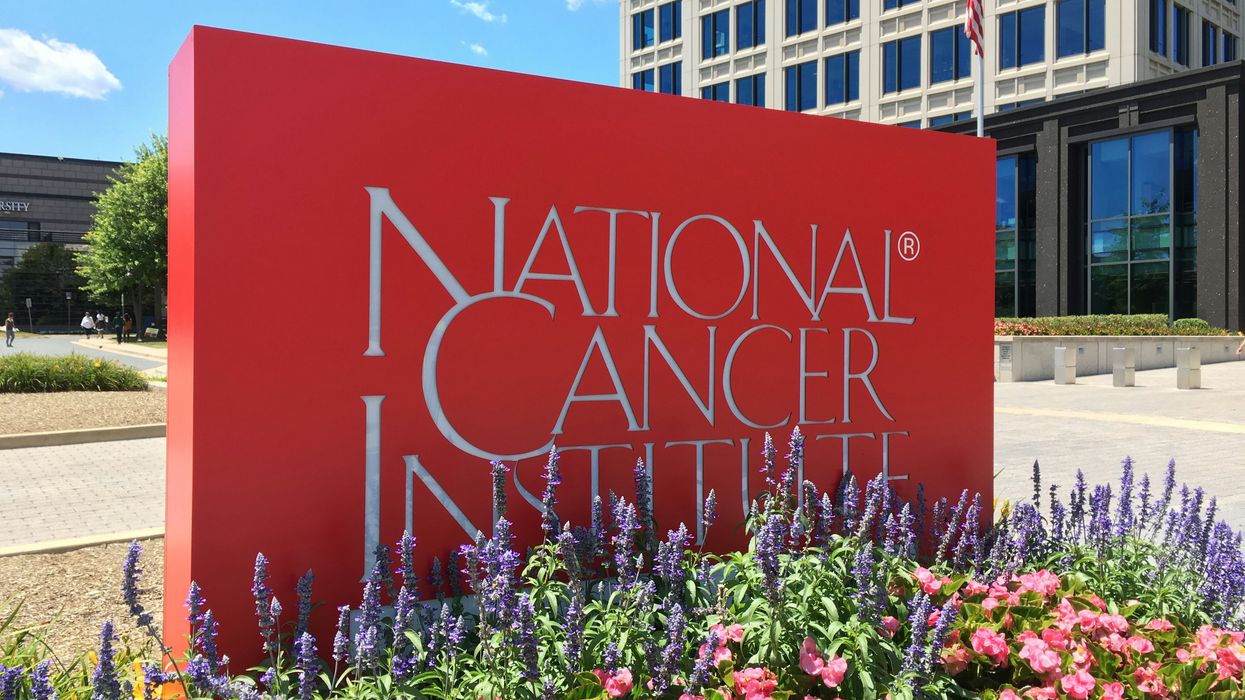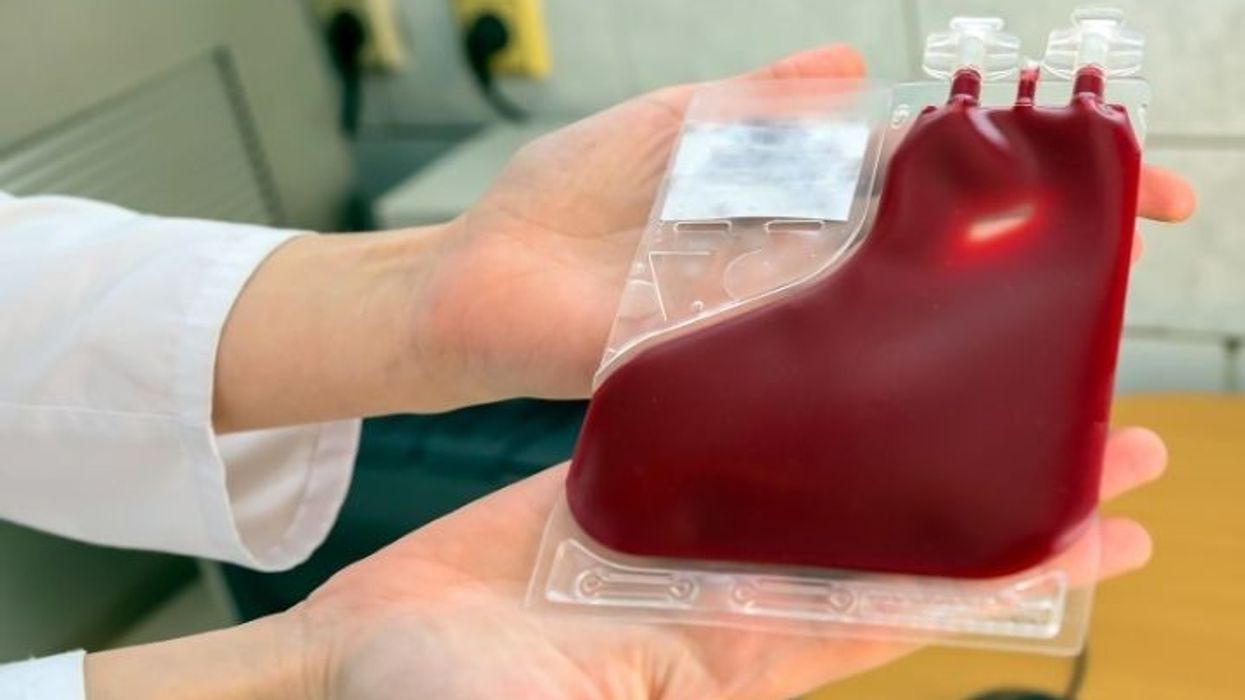Let's get serious. Getting men to go to the doctor is still a struggle. Research consistently shows that men are less likely to seek preventative care and they delay seeking help for medical symptoms. April marks Testicular Cancer Awareness Month, a dedicated time to spotlight the most prevalent cancer among men aged 15 to 44. This observance aims to educate the public about testicular cancer, emphasizing the critical importance of early detection and encouraging men to perform regular self-examinations. It is time to encourage men to go to the doctor for their yearly physicals and when they are having problems.
Understanding Testicular Cancer
Testicular cancer originates in the testicles, the male reproductive glands responsible for producing testosterone and sperm. While it accounts for only about 0.5% of all yearly cancer diagnoses in the United States, it remains the most common cancer in young men within this age group.
The Importance of Awareness
Raising awareness about testicular cancer is vital because early detection significantly enhances treatment outcomes. The five-year relative survival rate for men diagnosed with this cancer is approximately 95%. However, this rate can approach 99% when the cancer is identified early. Regular self-examinations can lead to early detection, potentially reducing the need for more aggressive treatments and lessening the emotional and financial burdens on patients and their families.
Encouraging Regular Self-Examinations
Promoting regular testicular self-exams is a cornerstone of early detection. Men are advised to perform self-examinations monthly, ideally after a warm bath or shower when the scrotum is relaxed. During these exams, individuals should look for:
- A painless lump or swelling in either testicle.
- A feeling of heaviness or discomfort in the scrotum.
- Pain or discomfort in the testicle or scrotum.
- A dull ache in the groin or lower abdomen.
If any of these symptoms are detected, it is crucial to consult a healthcare provider promptly.
How to Get Involved
There are several ways individuals and communities can participate in Testicular Cancer Awareness Month:
- Educate Yourself and Others: Learn about testicular cancer's signs, risk factors, and treatment options. Sharing this knowledge can help demystify the disease and encourage proactive health behaviors.
- Support Fundraising Efforts: Participate in events such as walks, runs, or charity sports matches that raise funds for testicular cancer research and support services.
- Utilize Social Media: Share information, personal stories, and resources on platforms like Twitter, Facebook, and Instagram to reach a broader audience.
- Wear Awareness Apparel: Donning apparel like wristbands or clothing in the awareness colors (purple or royal blue) can spark conversations and spread awareness.
Testicular Cancer Awareness Month serves as a crucial reminder of the importance of regular self-examinations and early detection. By educating ourselves and encouraging open discussions, we can reduce the stigma surrounding men's health issues and promote proactive healthcare behaviors. If you notice any unusual changes or symptoms, don't hesitate to consult a healthcare professional. Early detection saves lives.
Citations
- Testicular Cancer Awareness Foundation. "Testicular Cancer Awareness Month."
- Healthline. "Testicular Cancer Awareness Month: Symptoms, Risk Factors, and Treatment."
- American Association for Cancer Research (AACR). "Understanding Testicular Cancer: The Importance of Early Detection."
- Medical News Today. "How to Perform a Testicular Self-Exam."
- Ben’s Natural Health. "Raising Awareness for Testicular Cancer."



















 Ragina Ireland has been lovingly supported throughout her cancer journey by her sister, Johnnie Ireland. Four years ago, Ragina took a Cancer Genetic Risk Assessment test to help give her sister a clearer understanding of her own risk for developing breast cancer.
Ragina Ireland has been lovingly supported throughout her cancer journey by her sister, Johnnie Ireland. Four years ago, Ragina took a Cancer Genetic Risk Assessment test to help give her sister a clearer understanding of her own risk for developing breast cancer.